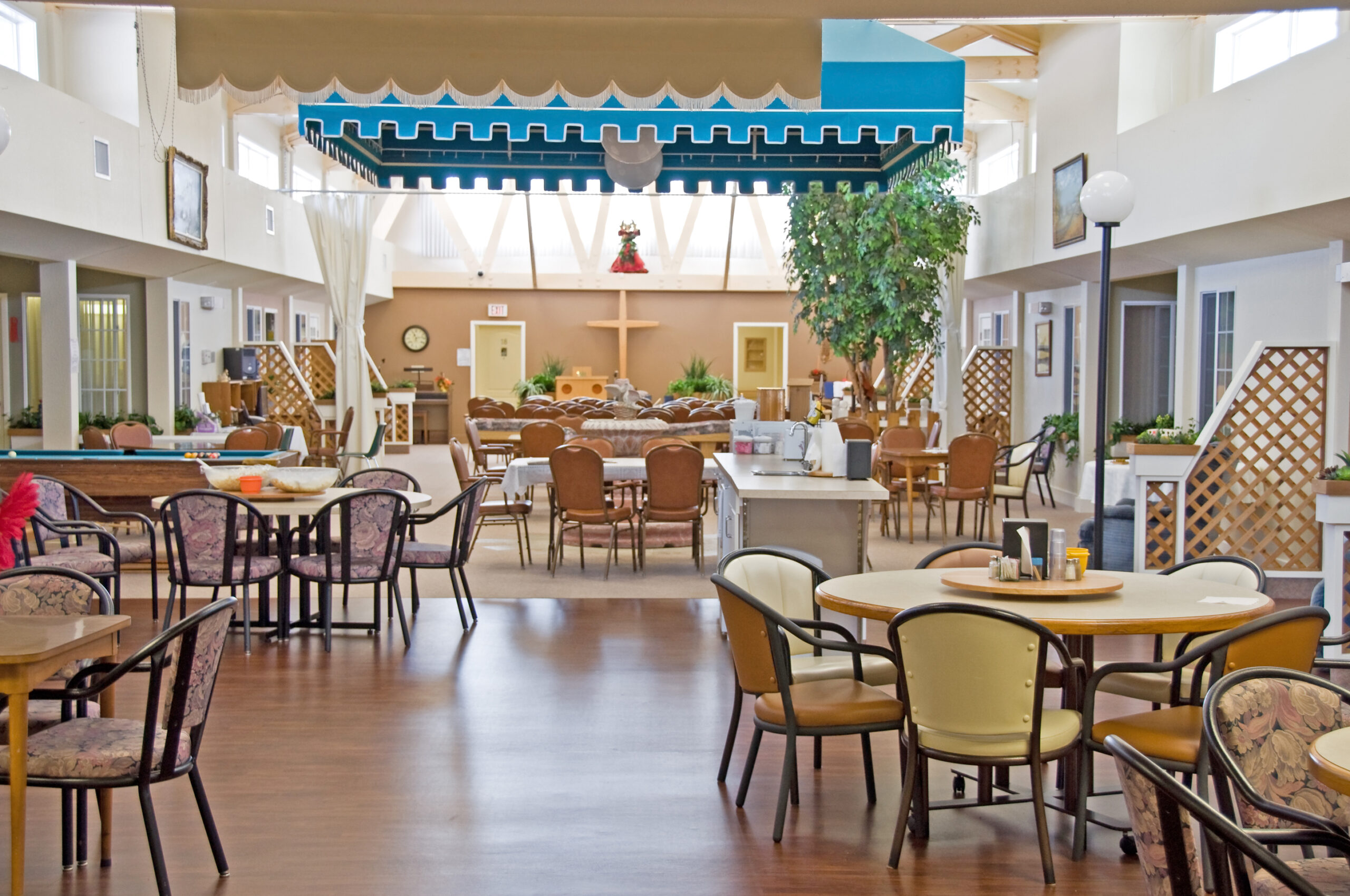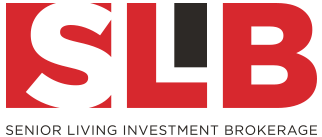
1. Capitalization Rate Compression – We have seen a continual compression of capitalization rates over the past 12 months. This has been fueled in part by three factors. First, the record low interest rates and return of lending to the acquisition market has compressed the cost of debt. Second, senior housing has been one of the least affected asset classes from the recession and therefore has been attractive from both a private and an institutional capital standpoint. This in turn, has created lower return requirements (REIT lease rates, equity return, etc.) lowering the cost of equity. Lastly, the shortage of quality inventory has created strong competition which has further compressed capitalization rates and increased prices for potential Sellers.
2. Favorable Tax Environment – In 2003, the long-term capital gains rate (top bracket) was reduced to 15% by President Bush and was extended through 2010 by the Tax Reconciliation Act. This rate was further extended through 2012 by Congress and President Obama on December 17, 2010. However, after 2012 that top rate will increase to 20%. In addition, if left unchanged, the new healthcare law will also impose a 3.8% payroll tax on the taxable income from a sale. This would bring the effective rate from 15% to 23.8%. If the property has been owned for a long period of time, it could provide an increasing incentive to make sure a sale is consummated prior to the end of 2012. With the nuances and timing of a senior housing transaction, it can take up to 8 or 9 months to reach the closing table. Much of this depends on the change of ownership process. Some states are as quick as 2 or 3 weeks, while some states can require time in excess of 120 days. It is important to plan ahead so that you, as a Seller, can take advantage of the tax environment.
3. Lack of New Construction – The lack of lending for new construction projects has created an increased demand for existing facilities. On the assisted living side of the business, a private pay, well-located facility, as small as 50 or 60 units will receive national attention given the lack of quality inventory available. On the skilled nursing side of the business, so long as the facility is priced accurately and is not located in an area with declining population, there is typically a very strong demand for the asset. Demand can vary from state to state. Aside from a few difficult states, if the facility is priced correctly we are typically seeing between 5 and 10 competitive offers on every skilled facility we have taken to market. The same can be said about private pay, well-located and well- run assisted living facilities.
In short, it is difficult to assess the best time to consider a sale. However, my opinion is that there are very compelling reasons for a Seller to consider coming off the sidelines.
Please contact me to discuss this topic in more detail. I would enjoy hearing your thoughts and would be more than happy to create a confidential proposal for you. You can contact
Brad Clousing at 630-858-2501 x 231 or via email at clousing@seniorlivingbrokerage.com.


